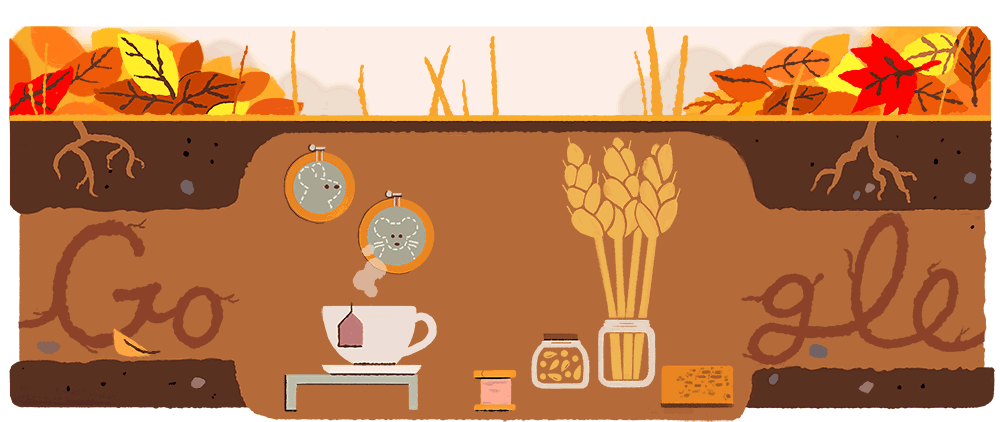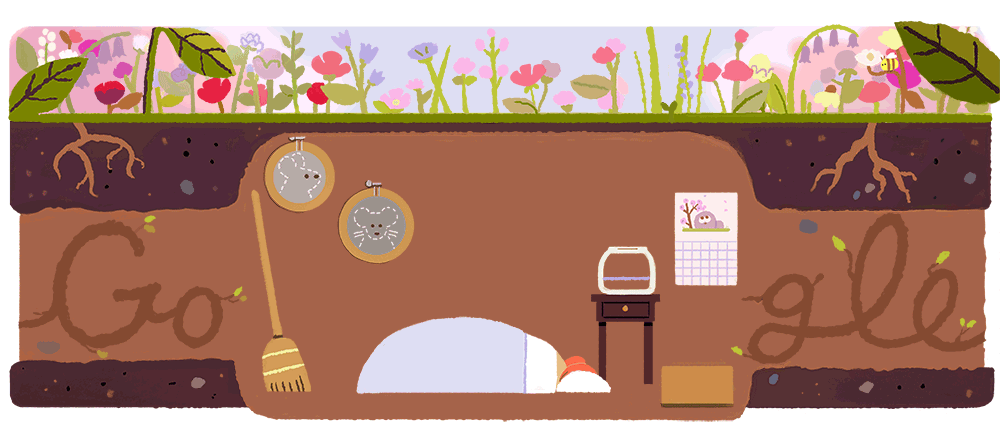The days are getting
shorter, the nights are drawing in, and today officially marks the end of
summer in the Northern Hemisphere.
Say goodbye to summer as
sun passes over equator marking first day of autumn.
You may have noticed that the days have been getting shorter, and the nights have been drawing in.
That's because today is the Autumnal Equinox - which officially marks the end of summer in the Northern Hemisphere.
An equinox occurs when the sun passes directly over the Earth's equator, resulting in a day and night that equal in length.
There are two equinoxes every year - one around March 22 and one around September 22. In the southern hemisphere the seasons are flipped, and the September equinox marks the start of spring.
When is the Autumnal equinox?
This year, the autumnal equinox takes place on Friday, September 22.
After this point, the days will get shorter and the nights will get longer until the winter solstice on December 21, when the pattern will reverse.
Autumnal Equinox - 2017
Why does the equinox happen?
The equinox occurs because of the tilt of the Earth in relation to the sun. This is what causes the seasons.
The Earth's tilt is 23.5 degrees relative to the plane of its orbit and means that, although one revolution of the planet takes 24 hours - it's different depending on the time of year.
During the summer time, the Northern hemisphere is tilted towards the sun. So we get longer days as more light falls on this part of the surface.
In the winter time it's the Southern hemisphere that gets the majority of the light.
'Equal night'
On the autumnal equinox, the Earth hits the turning point in its orbit where neither the North or the South poles are tilted towards the sun.
This means the amount of daylight and night time is the same at all points on the Earth's surface.
The word equinox is Latin for "equal night".
Meteorologists use it as the official turning point in the seasons because, although it can vary from year to year, it allows for the most accurate record-keeping.
It is celebrated around the world, notably at the Aztec monument Chichen Itza in Mexco.
During the equinox a sliver of light makes its way down the monument at sunset, drawing in crowds of onlookers.
What the experts say
"The Earth’s orbit is [only] about three percent out of round," explains Jay Holberg, a senior research scientist at the lunar and planetary lab at the University of Arizona.
"So in the northern winter - in December - the sun is actually closest to the Earth by a small amount, and in the summer it’s actually farther away," he told National Geographic .
Matthew Holman, an astrophysicist at Harvard University said: "The equinox is defined as the time of an event. It’s really not when the day and the night are of equal length, although that’s what we think of - it's really that moment is when the sun is on the equator at local noon."
Google doodle
Google is marking the change of season with one of its special animated doodles.
The doodle, which is visible on Google's home page in most countries in the Northern Hemisphere, shows a mouse with a red scarf jumping through fallen leaves, before entering his underground burrow and taking a sip from a steaming cup of tea.

Google has also created a doodle, for users in the Southern Hemisphere, to mark the first day of spring.

The doodle shows the same mouse waking up from hibernation, rushing outside to pick a daffodil, bringing it inside his burrow and putting it in a vase of water.








